 Last Sunday, I enjoyed a great exhibition titled, 30 Americans, at the Milwaukee Art Museum. I first learned of this exhibition years ago while preparing an art lesson for the Boys and Girls Club of Bloomington-Normal. I selected Kehinde Wiley as the artist to focus on and to demonstrate how meaning may be communicated through facial expressions and body language. I began looking for resources to share with the participating children (ages 5-12), and came across an online video promoting 30 Americans. Fast forward to a couple of years later and the exhibition is only a short drive from my new home, teaching at Oregon Elementary School. I was thrilled to see so many artists' work I had studied and admired. Now I am able to share those works with my students. My colleagues and I have been reviewing the latest draft of Common Core Art Standards. One of the priority standards will be to teach students how art may be presented. I decided to take this opportunity to introduce the concept of curating an exhibition to each sixth grade art class. These students are already studying Kehinde Wiley for a photo alteration project. I first defined exhibition and curator for students to take notes in their sketchbooks. We then watched the following video to give us information about the 30 Americans exhibition. After the video, I instructed each group of students to look at twelve images from 30 Americans and arrange them on a gallery map. Each table included a map, exhibition guides and printed images from the exhibition. I encouraged students to think about the following questions:
Below are images of the classroom setup, student collaboration and response activity 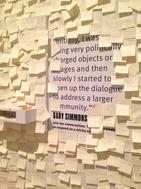 The student reflections poster was also inspired by the Milwaukee Art Museum. Pictured to the right is a wall within 30 Americans full of visitors' responses to the exhibition. I asked my students to write down what they thought, felt, liked or learned from this activity. The reflections are on display next to a student gallery example in the Oregon Elementary School art hallway and is pictured below:
4 Comments
Last Friday I presented a lesson on multimedia portraits to students K-5 in a community center setting. I began with a brief introduction to the quilts of Gee's Bend. I showed the students images of the work, and explained how the women of Gee's Bend had past on their skills from from generation to generation. Several of the students said they had family members who quilted at home. Students identified shapes and patterns found in the quilt images. I explained the difference between warm and cool colors. Students responded that warm colors reminded them of the sun, while cool colors made them think of water. One student identified that bright colors may symbolize happiness. I was thrilled with his observation and explained how color can express emotion.
I asked the students to create two "quilt" squares using construction paper. The students were allowed to create their own patterns using different shapes and colors. Once they had completed one square, I asked them to bring it to the front of the room to be placed on a collaborative mural. The mural would be used for the second phase of the project. Once several of the students had contributed a square to the mural, students began posing for photographs in the style of Kehinde Wiley's paintings. At the beginning of the lesson we looked at images of Wiley's work. Students identified the complex backgrounds and how in some areas the background overlaps the figure. I asked students to describe the emotion each portrait suggested by how the figure was standing. The students identified one portrait as a man who looked tough, and another of a man who looked happy and proud. We talked about how our facial expressions communicate emotion, but also how we stand and present ourselves. Students took several poses in front of the collaborative "quilt" mural. They posed in a variety of expressive stands and expressions. See Student Work page for examples. Art Production: Create a geometric design using construction paper inspired by the quilts of Gee Bends. Communicate an emotion by posing in an in the style of Kehinde Wiley for at least one photograph. Art History: Identify the purpose of story-telling in the quilts of Gee Bends and the paintings of Kehinde Wiley. Art Criticism: Describe how warm and cool colors convey emotion. Aesthetics: Describe whether quilting is of equal, lesser or greater value than portrait painting. |
Mr. DeWilde's Blog
Archives
June 2024
|
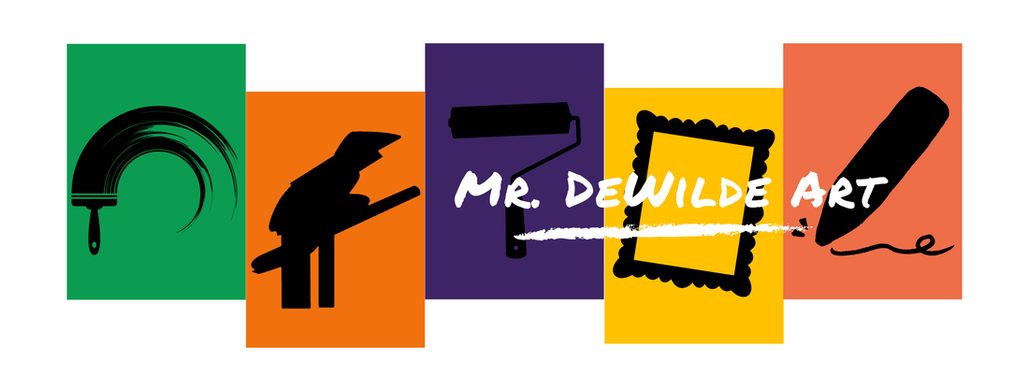
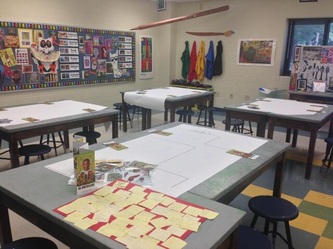
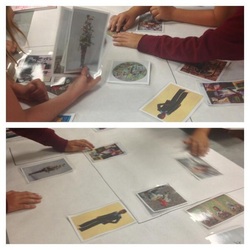
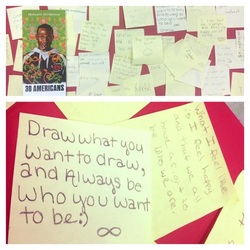
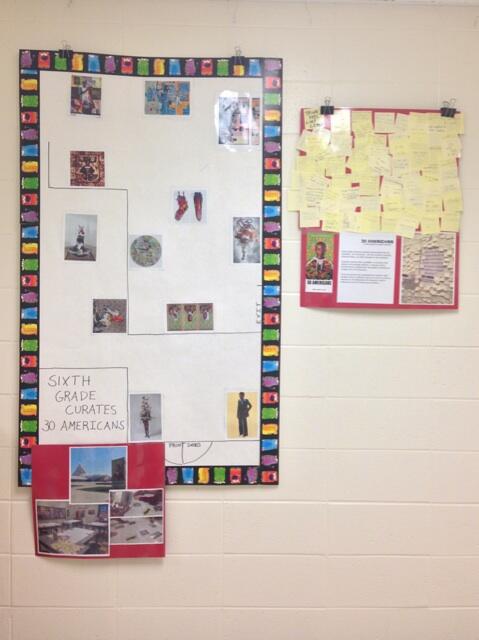
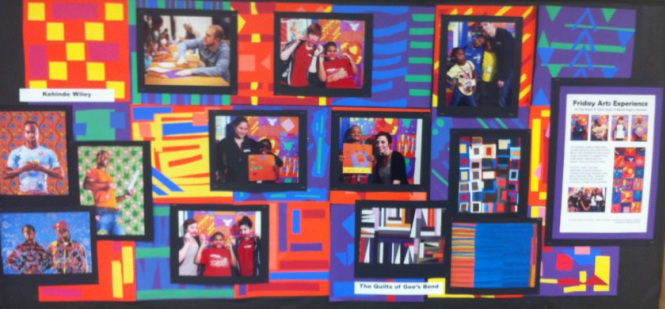
 RSS Feed
RSS Feed